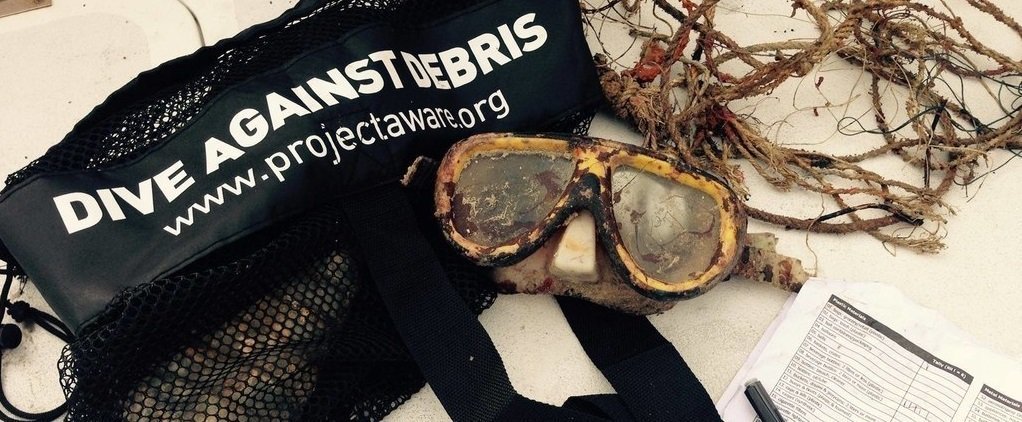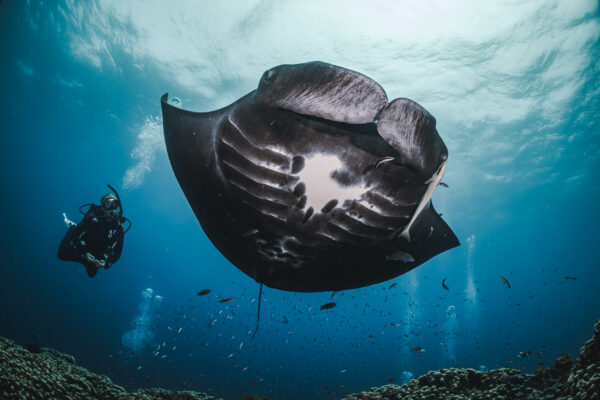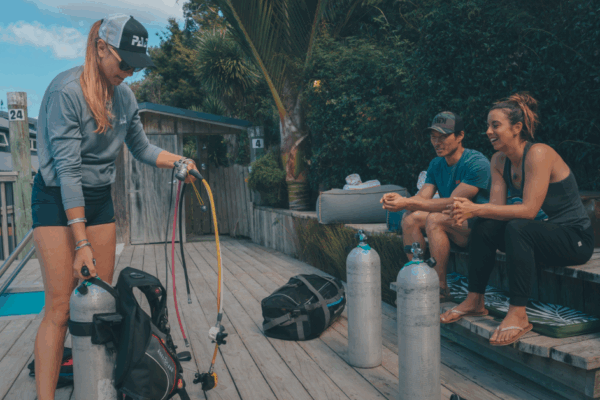You’ve probably heard of ISO – the International Organization for Standardization* – which is a nongovernment body made up of similar organizations from more than 160 member countries covering manufacturing, training, health care, agriculture and more. 20,000+ voluntary consensus ISO standards enhance safety and reliability, of course, but also make things work better. In diving, for example, an ISO standard is why the DIN or yoke regulator you got at your PADI Dive Center in Iceland fits local DIN and yoke valves in, say, Sri Lanka or Punta Arenas, Chile.
Did you know that ISO has standards for environmentally responsible recreational diving? Announced in August 2019, ISO 21416 addresses environmental issues related to the conduct of diver operations, and range from avoiding anchor damage and using renewable resources, to briefing divers on their impacts, supporting marine protected areas and providing guidance on environmentally responsible diving practices.
Its companion, ISO 21417, addresses educating divers about broad general and regional threats to the aquatic environment, (e.g., climate change, plastics, overfishing, destructive fishing), potential damage unaware divers can cause (e.g. invasive species, irresponsible hunting, disturbing cultural heritage, impact with delicate organisms) and our roles (e.g. responsible diving techniques, supporting sustainable practices, collecting debris, etc.). 21416 and 21417 support each other and provide a unified formal framework for what the dive community has been saying, doing and encouraging for some time now. Divers completing the revised Project AWARE Specialty have covered everything ISO 21417 stipulates.
It’s significant that these standards did not come from government, nor regulating bodies, nor anyone else outside of diving – not even from ISO itself. They came from us. The UK dive industry delegate (who works for PADI Worldwide, btw) first suggested that the ISO diving work group create these standards. Not surprisingly, while there was some discussion about specifics (as there should be), there was not one objection by any dive industry delegate to having them.
This is why, in one important way, 21416 and 21417 stand above our community templates created so regulators fit valves and the like. These standards are promises – promises to ourselves and the world that divers are serious about being good oceans stewards, and that we practice what we preach.
Most assuredly, many outside diving will measure us by whether we keep our word.
Dr. Drew Richardson
PADI President & CEO
*If you’re thinking it should be IOS, the “ISO” name comes from the Greek isos (equal, same), and is pronounced “eye-so.”




